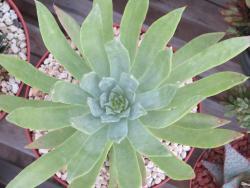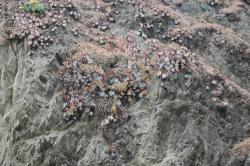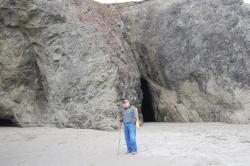Hey, that's what the internet is for! Stay tuned to this channel, many more pictures in the bin... a few here to look at if you're curious. I appreciate the insight you all provided during this thread. These are native plants so they are special to me.
This is what Dudleya habitat looks like. Home sweet home is a crack in the rock. At least 15 plants and 3 species in this photo:

And here is my homemade equivalent:
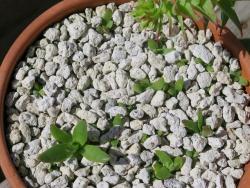
A pot I put underneath a flowering Dudleya, knowing from experience (seedling volunteers around the patio) that she would cast her seed there.
This is the mother plant, who has grown a bit of a stem in the first 12 years of her life. Needs a new pot soon.
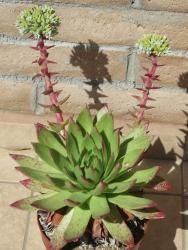
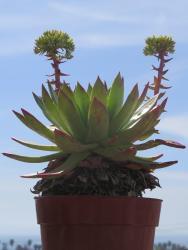
In Spanish these plants are called siemprevivas (live-forevers), which you will note is essentially identical to the Latin name of the genus Sempervivum.

Yeah, so anyway one of them lives forever and the other one dies when it flowers (mother plant anyway).
To continue the saga of love and promiscuity, here is the father of those seedlings. You will note that he makes sideways growing inflorescences (different). Population variation in action (the mother is from south of here, the father from just up the hill. You can see other things (longer, glossier leaves in the father, passed on to the offspring) but the flowers are the most obvious difference. In case you wondered, I know the sideways flowering plant is not the mother because I terminated those flowers once they had served their role as pollen donor and turned into a bug farm.

Also pictured: three older seedling volunteers from a previous year, now planted in the ground.
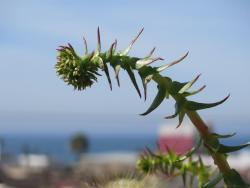

Finally a hybrid volunteer with a different father (there are powder-dusted Dudleyas growing in the public garden across the street). You can see a little powder made it through into this one.
